Almost everyone I know, including myself, has never bothered to look up the meaning of those small triangular recycling symbols you find on the underside of plastics. Coming across a TV show tackling the hazards of plastics was a turning point in my daily choices.
It is about time we all learn about the possible health risks of hazardous plastics. After reading this article, you will realize that you are unknowingly surrounding yourself with toxins on daily basis.
Plastics should be limited as much as possible; however, some are safer than others. A small triangular symbol with a number ranging from 1 to 7 is what you need to be looking for. 1, 2, 4 and 5 are the safest to use while 3, 6 and 7 should be avoided. These codes also offer a great deal of information regarding chemicals used, bio-biodegradability and safety of the product.
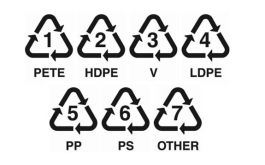
Here is a standardized guide that you can follow:
Code 1: PET or PETE (Polyethylene Terephthalate)

Due to their ability to accumulate bacteria, they are used only once. You will find this code on clear plastic water, salad dressing, cooking oil or mouthwash bottles. Never refill these bottles once emptied.
Code 2: HDPE (High-Density Polyethylene)
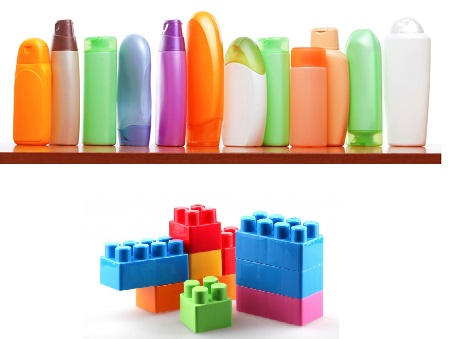
These products are safe to refill and reuse. You will find the code on thicker and more opaque plastics used in juice, shampoo, motor oil and detergent bottles, cereal box liners and toys.
Code 3: PVC (Polyvinyl Chloride)

Avoid by all means. PVC manufacturing is known to release dioxin – a potent carcinogen, into the environment, animals and us – in addition to Phthalates, which disturb hormones related to reproductive problems, smaller penises size in boys and birth defects.
PVC workers have higher cancer rates. You can find this code on bibs, mattress covers, squeeze bottles, cling wrap, some peanut butter jars, food wrap, plumbing pipes and a few other food and detergent containers.
Code 4: LDPE (Low-density Polyethylene)
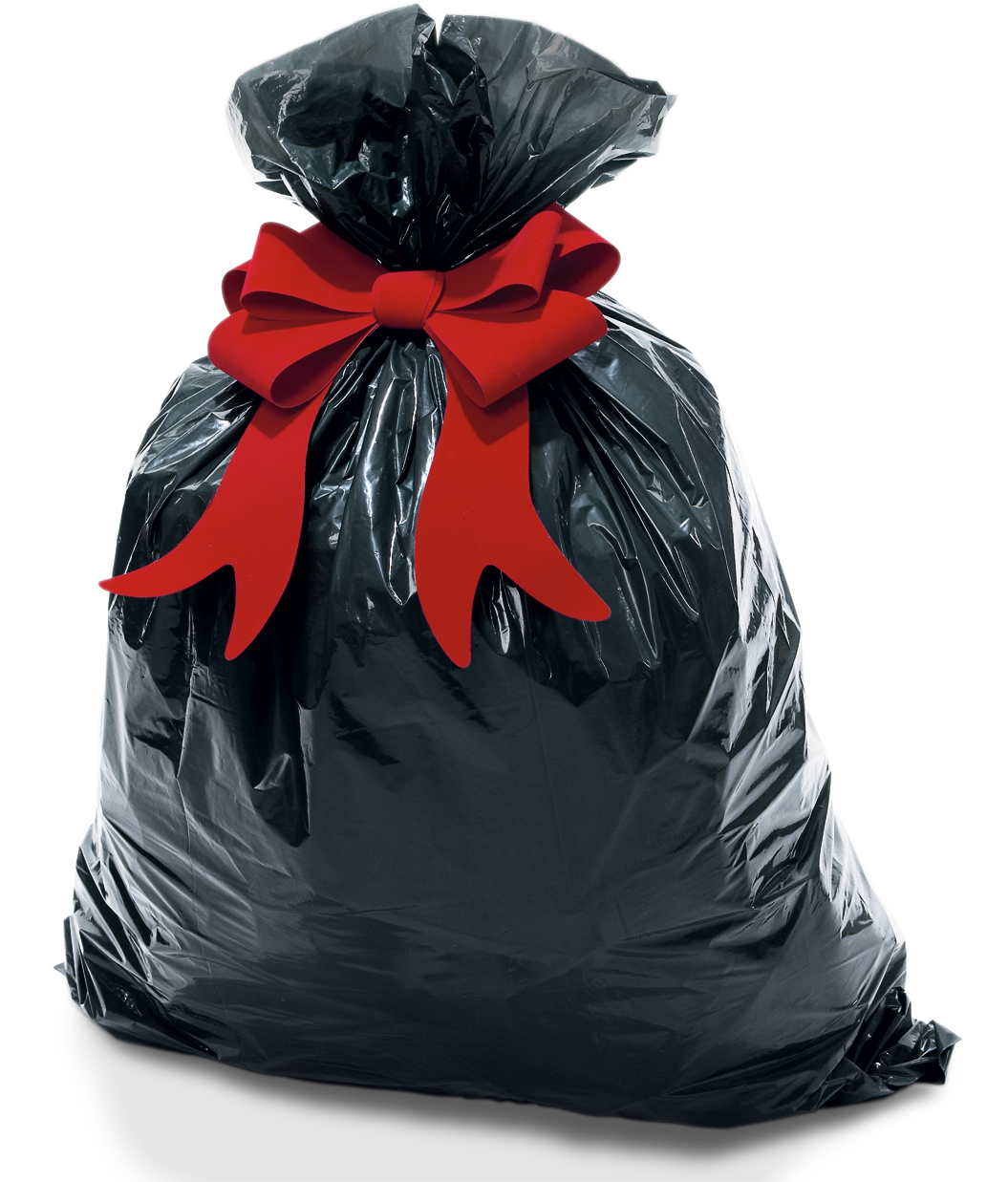
One of the safest plastics to reuse and recycle. You can find the code on grocery story bags, plastic wrap, squeezable bottles, dry cleaning, shopping, garbage, frozen food and bread bags.
Code 5: PP (Polypropylene)
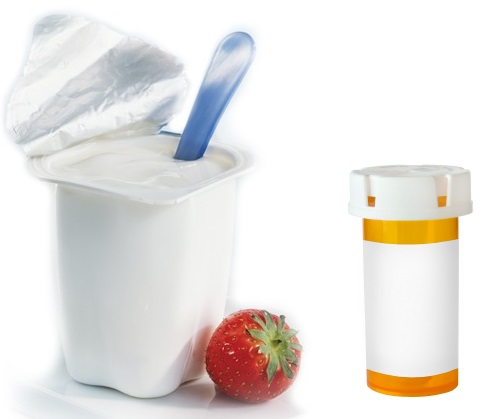
These products are safe to refill and reuse. The code is found on hard but flexible plastics used in ketchup and syrup bottles, yoghurt containers, medicine bottles, drinking straws and diapers.
Code 6: PS (Polystyrene)
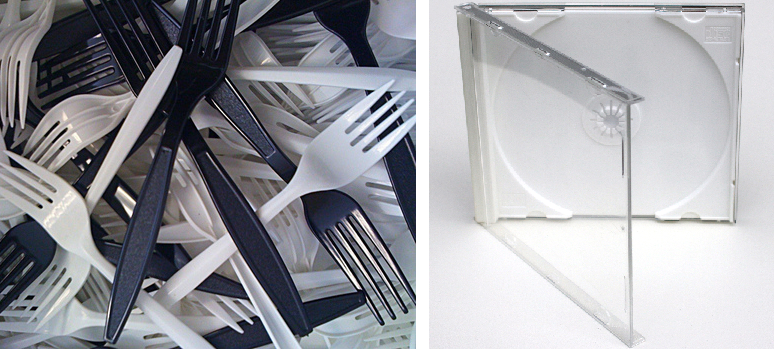
Avoid this type because it tends to leach a neurotoxin called Styrene. The code is found on rigid plastics such as opaque eating utensils, CD cases, egg cartons, meat trays and Styrofoam, such as those found in coffee cups and meat trays.
Code 7: Other (Miscellaneous)
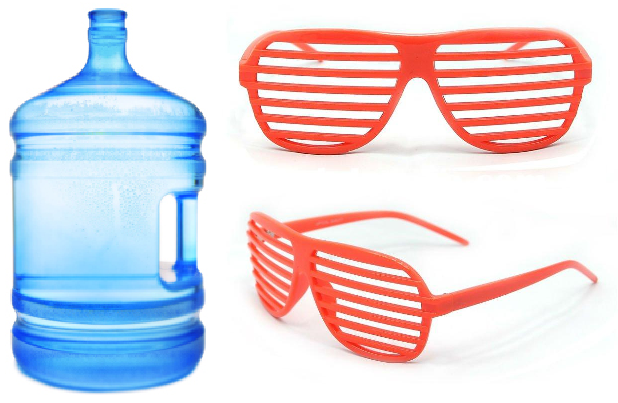
Avoid! This includes plastics that do not fit in the previous categories. It includes polycarbonate, an important source of endocrine disruptor BPA, and found in most baby bottles.
The code is found on sunglasses, iPod cases, computer cases, nylon, three- and five-gallon water bottles, bullet-proof materials and in the lining of food and formula cans.
WE SAID THIS: Always opt for glass or metal instead of plastic! Safer for you and better for the environment.


